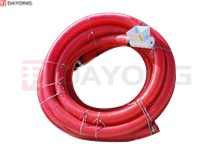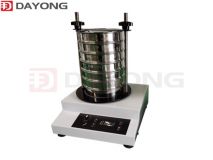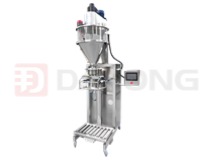Working principle and structure of vibrating screen
A vibrating screen is an efficient screening equipment that uses a vibrating screen mesh to quickly separate and filter materials on the screen surface under the action of vibration. The vibrating screen mainly consists of a vibrating motor, screen box, screen mesh, and shock absorption spring. During operation, the vibration motor drives the screen box to vibrate, causing the material to continuously roll and jump on the screen surface, thus achieving the purpose of separation and screening.
Classification of vibrating screens:
Vibrating screens can be divided into two types: horizontal vibrating screens and vertical vibrating screens. The vibration axis of a horizontal vibrating screen is in the horizontal direction and is usually used in processes such as material screening, drying, and dust removal; The vibration axis of a vertical vibrating screen is vertical and is usually used in processes such as material screening and iron removal.
The working principle of the vibrating screen:
The working principle of a vibrating screen is to drive the vibrating screen box to generate horizontal, vertical, or inclined vibrations through the rotation of an electric motor or an eccentric weight, allowing the material to quickly pass through the sieve holes and separate different particle sizes under the action of vibration. In addition, the vibrating screen can also achieve more precise and efficient screening operations by adjusting parameters such as vibration amplitude, frequency, and inclination angle.





 (Live chat)
(Live chat)

_213x160.jpg)



 +86-373-3669005
+86-373-3669005 laura@vibratingscreen.cc
laura@vibratingscreen.cc +86-373-3669006
+86-373-3669006 From West Room 5, 1st Floor, Building 18, Huilong Yangguang Mingyuan, New District, Xinxiang, Henan, China (Mainland).
From West Room 5, 1st Floor, Building 18, Huilong Yangguang Mingyuan, New District, Xinxiang, Henan, China (Mainland). Your Position:
Your Position:


